 Happy Birthday, Free Web. On April 30 1993 (well, I am a week late to gratulate, but anyway) CERN published the software and standards of the web as free software.
Happy Birthday, Free Web. On April 30 1993 (well, I am a week late to gratulate, but anyway) CERN published the software and standards of the web as free software.
“CERN’s decision to make the Web foundations and protocols available on a royalty free basis, and without additional impediments, was crucial to the Web’s existence. Without this commitment, the enormous individual and corporate investment in Web technology simply would never have happened, and we wouldn’t have the Web today.”
Tim Berners-Lee, Director, WWW Consortium
(10 years of web)
The original announcement says “CERN relinquishes all intellectual property rights to this code, both source and binary form and permission is granted for anyone to use, duplicate, modify and redestribute it.”
Signed by W. Hoogland and H. Weber.
Through my HTTP and HTML based weblog, I can only say: thanks Mr W.H. and H.W. !
read on at wikipedia.
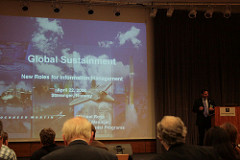

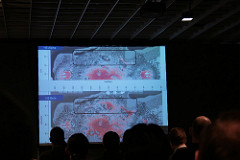
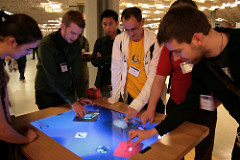
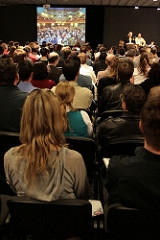
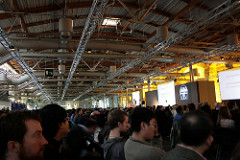




 And you can win a MacBook Air 🙂
And you can win a MacBook Air 🙂